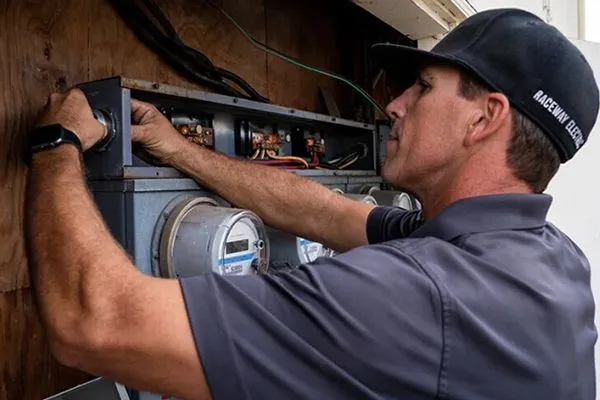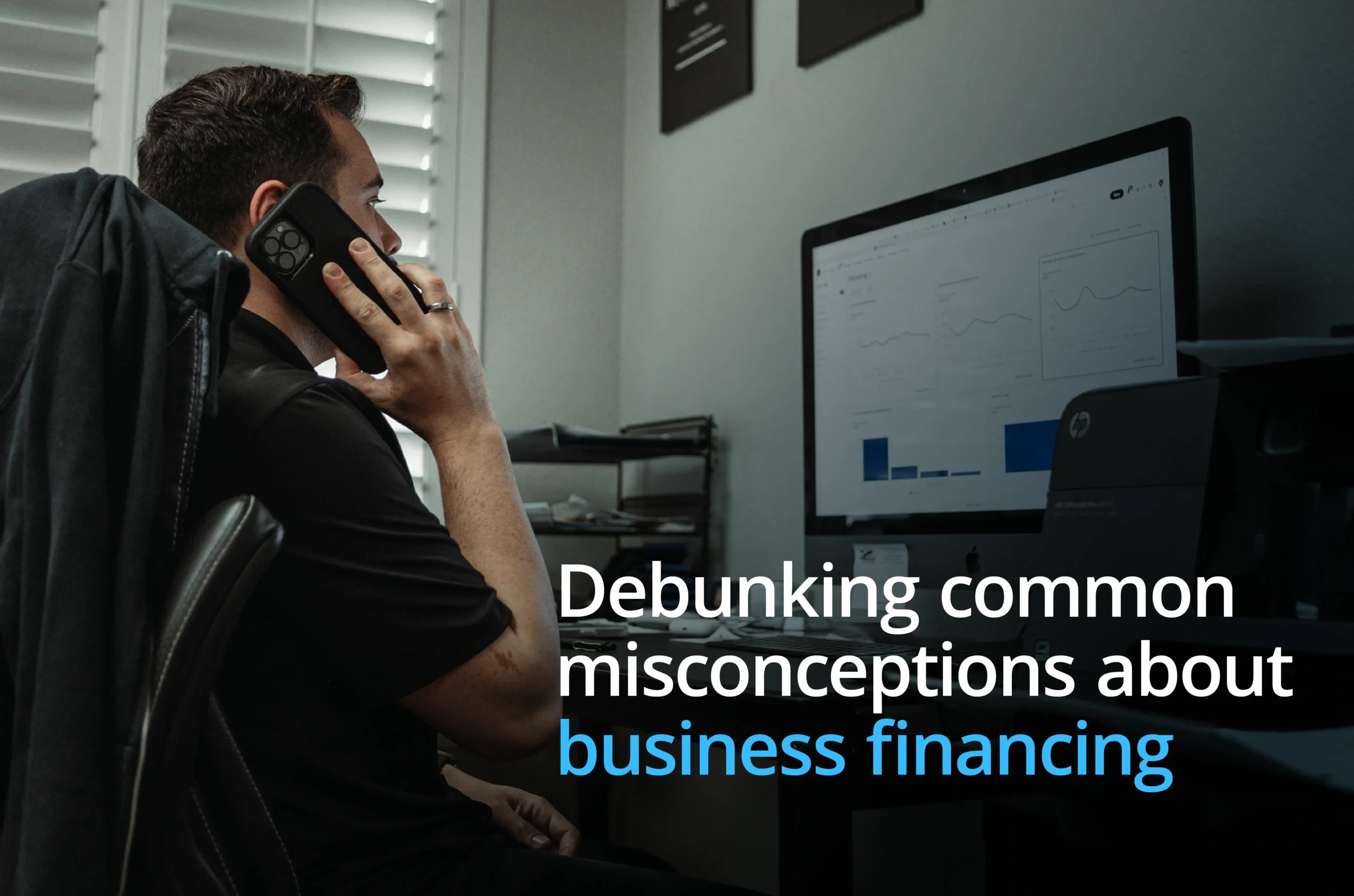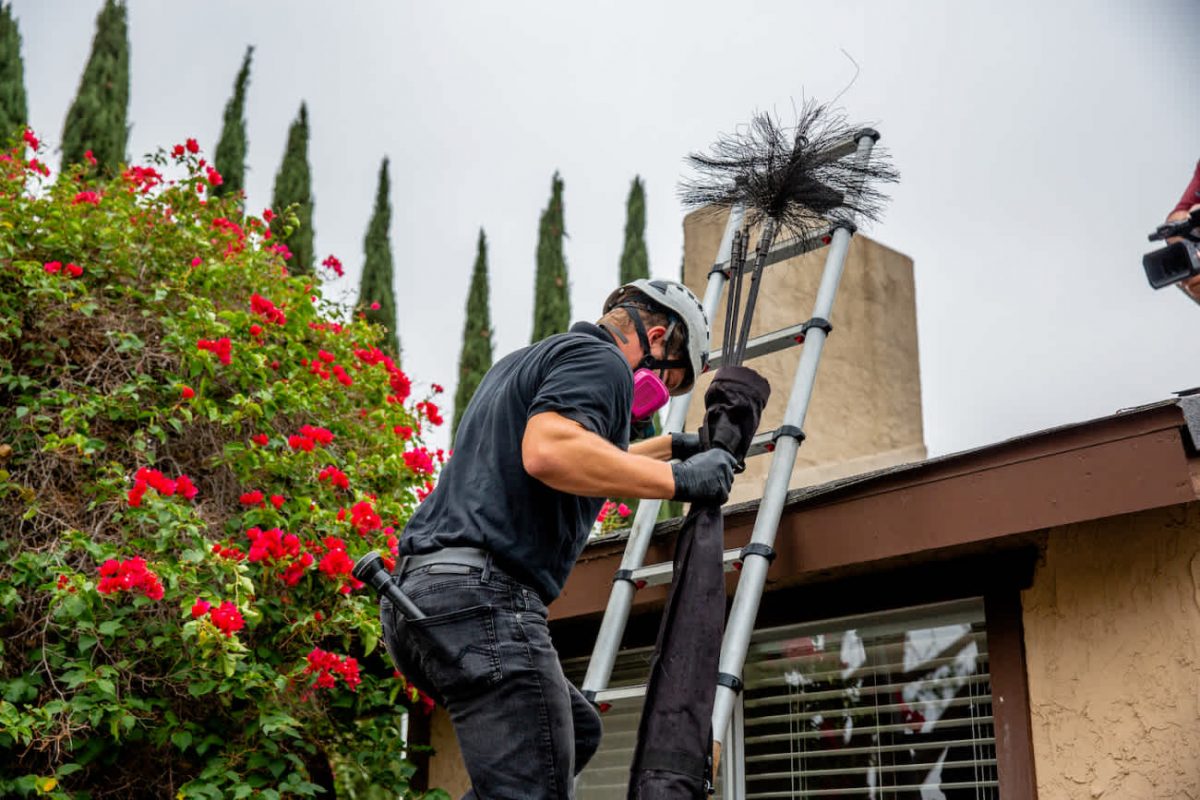
The pricing model you choose is a big deal, especially if you run a home service company. An effective pricing model ensures profitability, ease in dealing with customers, and long-term business growth. For many businesses, the choice comes down to flat rate pricing or hourly billing. Both can be good options, but considering that each can come with different customer perceptions, earnings, and operational effectiveness, it’s important to choose the right one.
So, what’s flat-rate pricing? How do you know which one—flat rate vs. hourly—is best for your business? Here’s what you need to know.
Flat Rate vs Hourly Pricing Guide
- What is Flat Rate Pricing?
- How Does Flat Rate Pricing Work?
- Flat Rate vs. Hourly Pricing: Pros and Cons
- Flat Rate Pricing Examples: How Real Businesses Use It
- When Not to Use Flat Rate Pricing
- Is Flat Rate Pay Better Than Hourly for Employees?
- How to Set the Right Flat Rate Price for Your Services
- Making the Switch: How to Transition to Flat Rate Pricing Without Losing Customers
- Which Pricing Model Works Best for You?
What is Flat Rate Pricing?
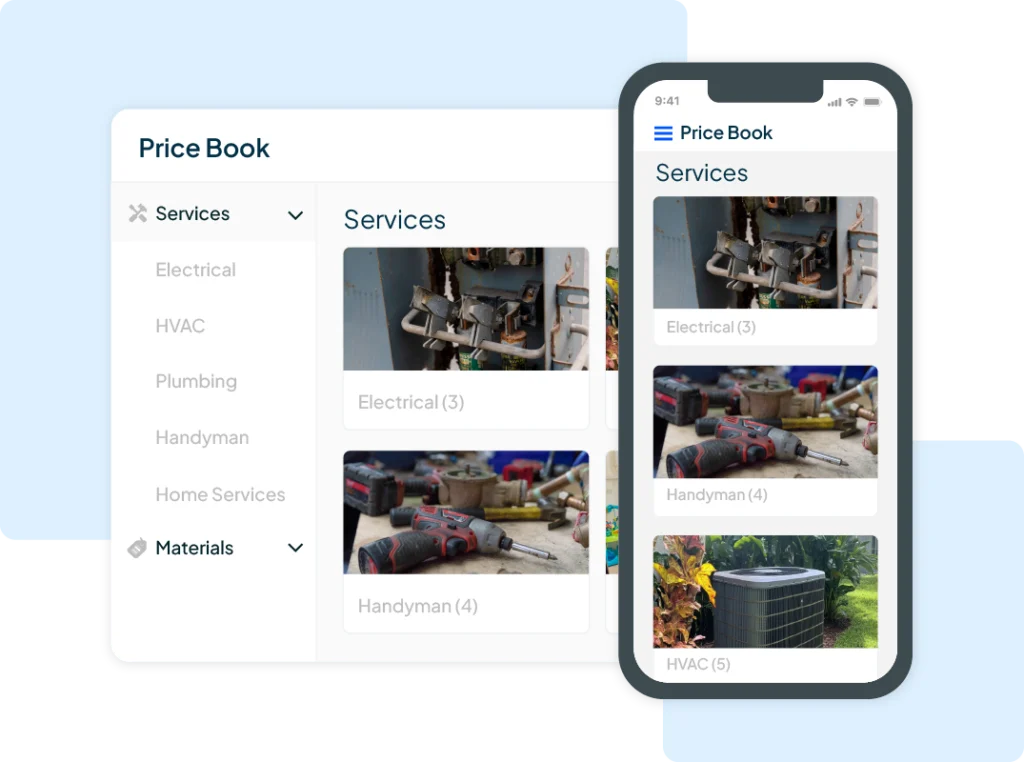
Flat rate pricing is a billing mechanism in which companies charge a fixed price for a service rather than billing by the hour. It’s a popular model in various industries for its price transparency and predictable costs.
Many businesses prefer it over hourly pricing because of those notable features: it’s upfront and reduces uncertainty for customers about variable expenses. With this model, customers know exactly what they’ll pay for a service instead of having to wait until the service is completed to get the final total.
Just like businesses, customers like it for its certainty. Instead of fretting about working hours piling up and the bill steadily climbing, they can pay a set cost for the service delivered. This makes decision-making easier, often boosting booking rates and fostering trust between service providers and customers.
It’s a win-win for both parties, hence the popularity.
How Does Flat Rate Pricing Work?
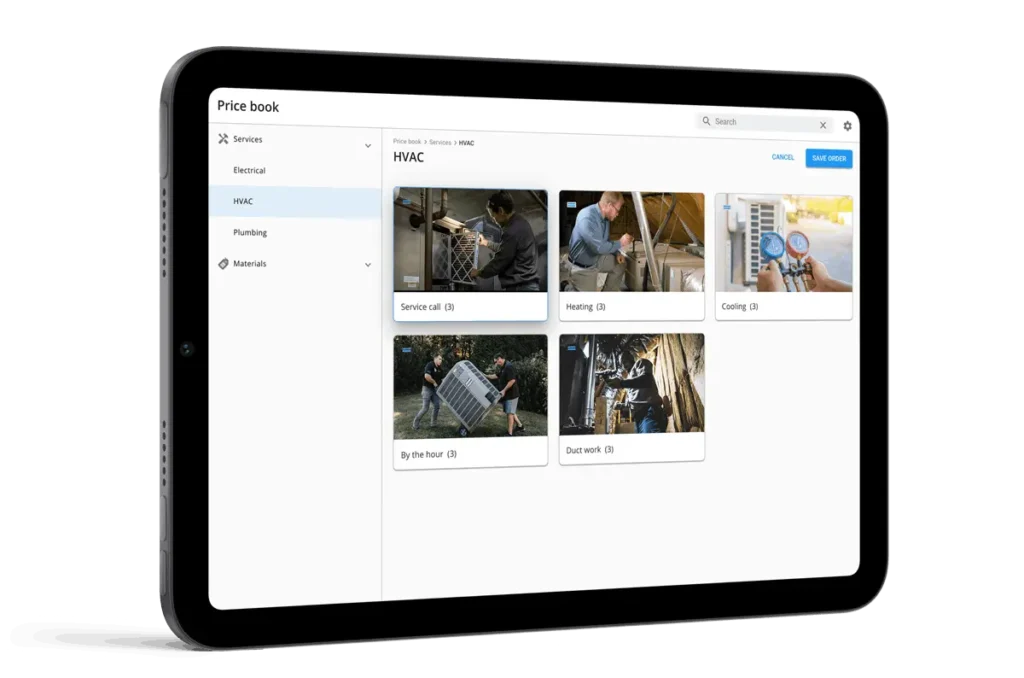
Flat rate pricing works through careful calculations. Businesses need to effectively calculate how much they’ll spend on service expenses, using that as a baseline and adding a maintainable profit margin.
If you want to use flat-rate pricing for your business, you’ll need to consider:
- Service costs: Your pricing model needs to account for overhead, labor, and material costs. Otherwise, you’ll end up footing part of the bill for these and losing out on profit.
- Profit margins: While it’s important to stay competitive, you still need to make a profit. Find the happy medium between profitability and overcharging customers.
- Flat rate price book: When switching to flat rate pricing, it’s a good idea to have a standardized price list for each of your services. This way, you can quickly calculate quotes and ensure consistency.
Flat Rate vs. Hourly Pricing: Pros and Cons
Just like any other pricing model, flat rate and hourly pricing have their fair share of pros and cons. When debating between the two, keep these factors in mind.
What are the Disadvantages of Flat Rates?
Flat rate pricing is undoubtedly popular and for a good reason. It’s perfect for pricing transparency, which eliminates concealed expenses and boosts customer happiness. It can lead to increased profitability thanks to efficient job completion. It can even promote more stable cash flow, giving you more predictable revenue that helps with financial planning and growth.
But, of course, it has its downsides. The most notable disadvantages of flat rate pricing include:
- Risk of undercharging: If any unexpected hiccups arise in the job, your price is already set. This could lead you to face additional expenses that you’re forced to assume, which translates to a slimmer profit margin (if any).
- Unsuitable for personalized jobs: This type of pricing model is best for uniform jobs, not complex or custom jobs that have all sorts of variables affecting overhead costs, time, and effort.
What are the Disadvantages of Hourly Pricing?
Hourly pricing has plenty of perks, too. The amount you receive is a direct reflection of the time you spent on the project, which minimizes the risk of undercharging. It’s great for jobs with more variability, such as home remodels or custom carpentry, as these can be a bit unpredictable and hard to charge out at a fixed rate.
Of course, hourly pricing, too, has various downsides. These include:
- Customer uncertainty: The lack of definitive pricing can make customers hesitate before booking your services. Not knowing what they’ll pay for your service can make them unsure, which may lead to fewer bookings.
- Billing disputes: Your customers may challenge the actual working hours you billed, which can be a headache to deal with.
Flat Rate Pricing Examples: How Real Businesses Use It
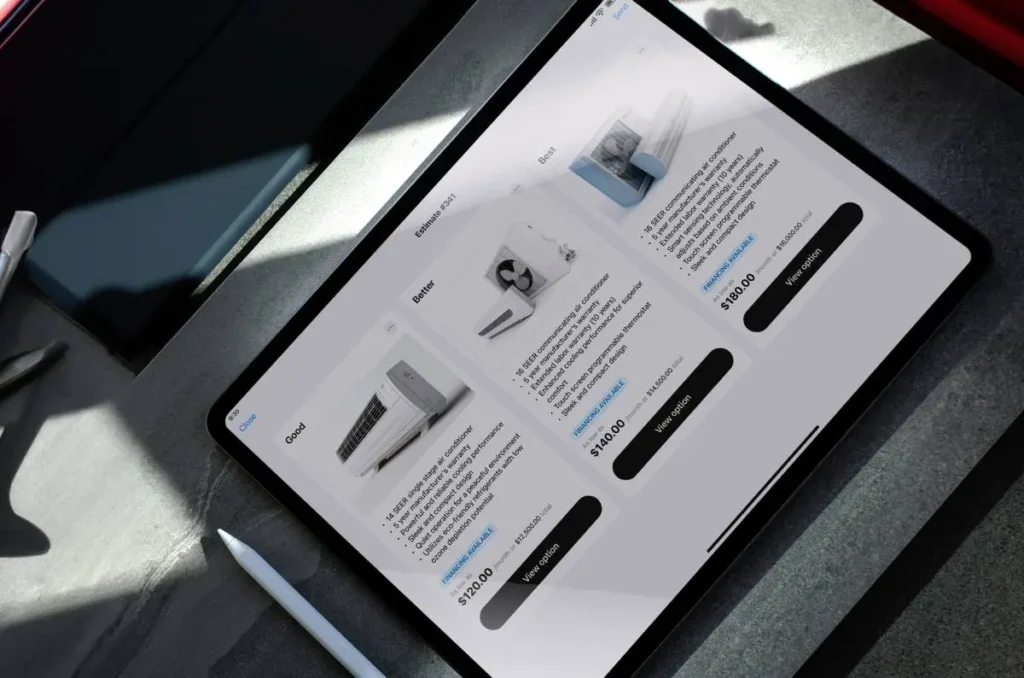
Flat rate pricing is exceptionally popular among home service businesses, including cleaning companies, HVAC businesses, and plumbing companies. It’s an excellent fit for those standard services that don’t change much from one customer to the next. Here are a few real-world examples of flat-rate pricing in action:
HVAC and Plumbing: Flat Rate Wins for Transparency
Let’s say you run an HVAC company. You might charge a flat rate of $4,500 for all costs, including labor, materials, and installation. If you complete the job in five hours, you’d effectively earn $900 per hour (not accounting for material and labor costs). If unforeseen circumstances stretch the job to 10 hours, your company will absorb the extra cost, now making $450 per hour.
The same could be said for a plumbing company that, say, charges a $500 flat rate for a sink installation. If the job wraps up in an hour, that’s $500 per hour, but if it takes two hours, that’s $250 per hour.
Customers love this model because it eliminates pricing uncertainty. They know what they’re going to pay for the service you’ll provide from the get-go.
Free resources for your plumbing or HVAC business:
Cleaning Services: Flat Rate Keeps Things Simple
Flat rates sparkle in the cleaning industry, too. For example, let’s say you run a cleaning company that offers comprehensive home cleaning. You might set flat rates for different home sizes, such as $300 for a two-bedroom home or $400 for a three-bedroom home. It might be a wise idea to set square footage limits on these, though, since homes can vary dramatically in size (even if they have the same number of bedrooms).
Like the HVAC and plumbing examples, customers pay the same amount regardless of how long it takes you. They favor flat rate pricing because they know what to expect, which can reduce anxiety about unexpected costs.
Free resources for your cleaning business:
- Home cleaning price book template
- Home cleaning service price calculator
- Home cleaning invoice template
Landscaping and Junk Removal: Depends on the Job
Flat-rate pricing models can work in landscaping and junk removal, too. A junk removal service might set a flat rate of $500 per truckload, which covers labor, fuel, and disposal fees, thus ensuring profitability regardless of whether the job takes two hours or four.
However, it’s important to remember that flat-rate models might not always be the right fit. Suppose you’re doing post-construction cleanup. In this case, costs could be quite unpredictable due to the varying debris levels, so it might be better to charge by the hour.
A landscaping company could charge with flat-rate models, too, but, like junk removal, it really depends on the job. If you’re doing custom renovations, for instance, hourly billing might be your best bet to ensure profitability. Trading flat rate pricing for hourly pricing accommodates unpredictable challenges that might pop up during the project, like poor soil conditions, drainage issues, or pest infestations.
When Not to Use Flat Rate Pricing
Although flat rate pricing has its perks, it’s not necessarily a one-size-fits-all sort of thing. There are some situations where hourly billing is the better fit, such as:
- Highly unpredictable jobs: Some home service jobs, such as major electrical rewiring jobs or extensive plumbing repairs, are incredibly unpredictable. Hourly pricing is often the better fit here.
- Long-term or ongoing work: If you provide ongoing services, such as HVAC tune-ups, lawn care, or handyman services, hourly pricing might be a fairer option for your business.
- Custom or specialized projects: When your services are custom fit to the client’s needs, such as high-end remodeling or custom carpentry, hourly pricing is usually better suited since it covers changing scopes and unexpected hiccups.
Is Flat Rate Pay Better Than Hourly for Employees?
The flat rate versus hourly debate extends beyond customers—it also can impact employee wages. One isn’t inherently better than the other, but both have perks. For example, flat rate pay compensates workers per job, which incentivizes efficiency. Hourly pay, on the other hand, ensures steady income regardless of how long the job takes to complete.
Flat-rate pay is usually more popular for commission-based roles where workers can complete jobs in short succession to maximize their earnings. Hourly pay is typically preferred in jobs where work speed isn’t always predictable since it provides financial stability.
How to Set the Right Flat Rate Price for Your Services
If flat rate pricing sounds like the perfect fit for some or all of your business’s services, you need to take the time to set them right. If you don’t, you could run into issues with profit margins, undercharging, and other unpleasant problems. Here’s how to set the right flat rate price for your services:
1. Calculate Your Costs
First things first, figure out what it’ll cost you to do the job. Add up all expenses, including labor, materials, credit card processing fees, and overhead costs like insurance, fuel, and marketing. This is your base cost.
Let’s say you’re a plumbing company. If a repair costs $50 in parts, takes two hours at $40 per hour for labor, and includes $30 in overhead fees, your base cost would be $160.
2. Add Your Profit Margin
Making a profit is a must for any business. Here, you need to decide on a markup percentage to ensure profitability. For example, let’s say your base cost is $160, and you want to make a 50% profit margin. In this situation, your final price would be $240.
Before you pick a profit margin, remember to research competitors’ pricing to ensure you can stay competitive while maintaining healthy margins.
Free tool: Use Housecall Pros’ profit margin calculator to find your ideal margin.
3. Use a Flat Rate Price Book
While you’re at it, build a price book with a standardized price list for common services based on cost and value, not just time. This helps maintain uniform pricing and simplifies quoting.
For example, instead of charging hourly for drain cleaning, you could set a flat rate of $250 per clog removal, which accounts for variability from job to job.
4. Adjust for Market Changes
While the prospect of returning to the drawing board repeatedly might sound awful, it’s important. You need to periodically adjust prices for inflation, fluctuations in material costs, and demand. If fuel prices or disposal fees rise, tweak your flat rates accordingly to account for those changes and maintain profitability without undercharging.
Get In Touch: 858-842-5746
Let us earn your trust
On average, Pros increase monthly revenue generated through Housecall Pro by 35% after their first year.
See plan options and feature breakdown on our pricing page.
Making the Switch: How to Transition to Flat Rate Pricing Without Losing Customers
Switching to flat-rate pricing may raise some concerns among customers, especially if the cost seems more expensive to them. So, when you switch, be prepared to handle these situations.
To avoid losing customers, give your customers a heads-up beforehand. Let them know several weeks in advance of the upcoming change, why you’re doing it, and how it will affect their services. Be prepared to handle and explain questions like, “Why is this more expensive than hourly?”
When fielding these concerns and sending out notification emails and texts, be sure to highlight the perks. This is a great time to educate your customers on the perks of flat rate pricing, including pricing transparency and predictability.
Which Pricing Model Works Best for You?
Ultimately, the best pricing model for your business hinges on the nature of the services you provide, your business goals, and customer preferences. There isn’t one specific model that always works best, so when you’re considering your options, remember to consider efficiency, profitability, and customer satisfaction.
Your choice should benefit your business and align with your business goals and customer expectations. When you select the right fit, you set your business up for success, so choose wisely!
If you’re ready to simplify pricing and maximize efficiency, consider implementing field service software like Housecall Pro. It makes HVAC pricing management, including invoicing and estimates, an absolute breeze, ensuring you can spend less time poring over pricing and more time on what your business does best. Give it a try today with a free 14-day trial.

